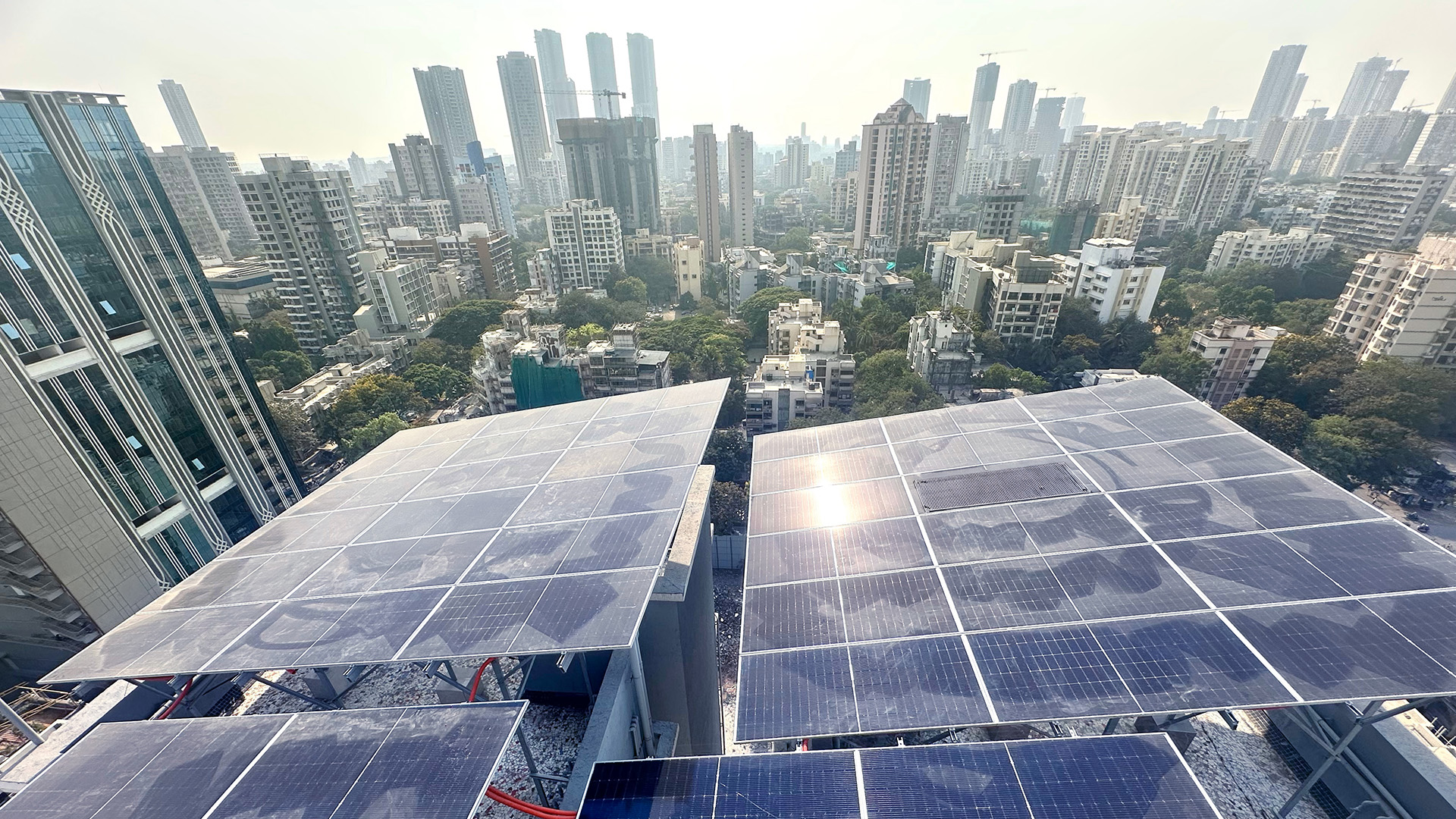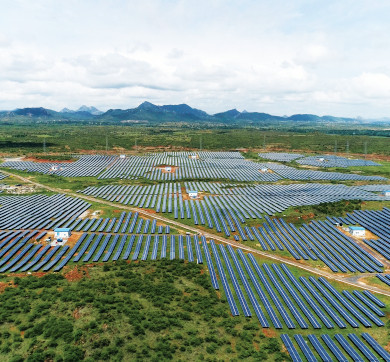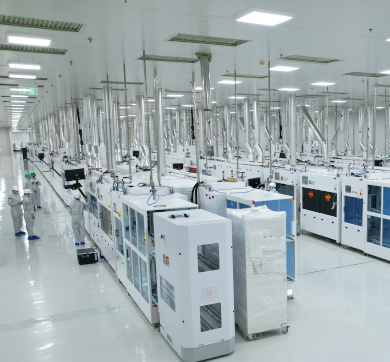June 2025 | 658 words | 2-minute read
Every day, the sun generates enough energy to power the earth many times over. The amount of energy intercepted by the earth is 10,000 times more than what we currently consume.
A large part of that potential energy is wasted for lack of rigorous attempts to harness the power of the sun. The reasons for this include the high cost of solar panels and installation which can deter potential users. Another reason is that solar panels convert a very small percentage, about 10 percent, of sunlight into electricity. Urban areas are further constrained on account of the lack of space required to put up solar installations.
Tata Power Solar Rooftop, part of the 35-year-old Tata Power Renewable Energy, has been working hard to encourage and enable customers to generate their own electricity by addressing the issues that act as deterrents. The Ghar Ghar Solar initiative of Tata Power Solar Rooftop, driven under the Pradhan Mantri Surya Ghar Muft Bijli Yojana, has already found favour with customers in more than 700 cities across India.
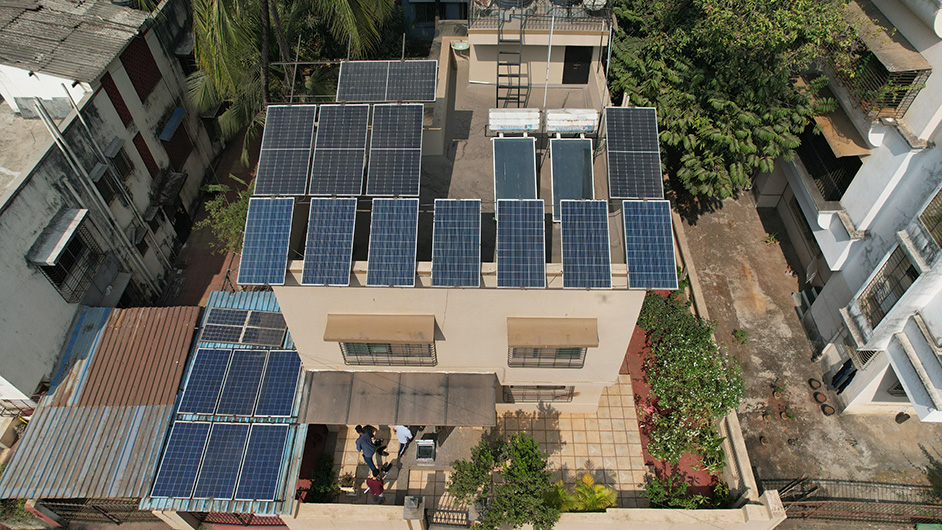
Over 1.5 lakh rooftop solar installations attest to the value inherent in this offering. The total capacity of these rooftop installations is around 3 GW. No wonder then that Tata Power Solar Rooftop has been named India’s Number One solar rooftop EPC for ten consecutive years.
Brilliant offering
The solar panels are manufactured at Tata Power Renewable Energy’s ultramodern facility in Tamil Nadu. These panels are ALMM-certified (approved list of models and manufacturers), a certification assigned by the Ministry of Renewable Energy in India to protect the interests of consumers. The system is designed using superior quality materials and is tested for safety and longevity. It is compatible with different types of roofs.
What sweetens the deal for customers is the payback period of 4-7 years, a 25-year warranty on the system and an 80 percent reduction in electricity bills. This protects the customer against annual increases of 3-5 percent in the electricity tariff.
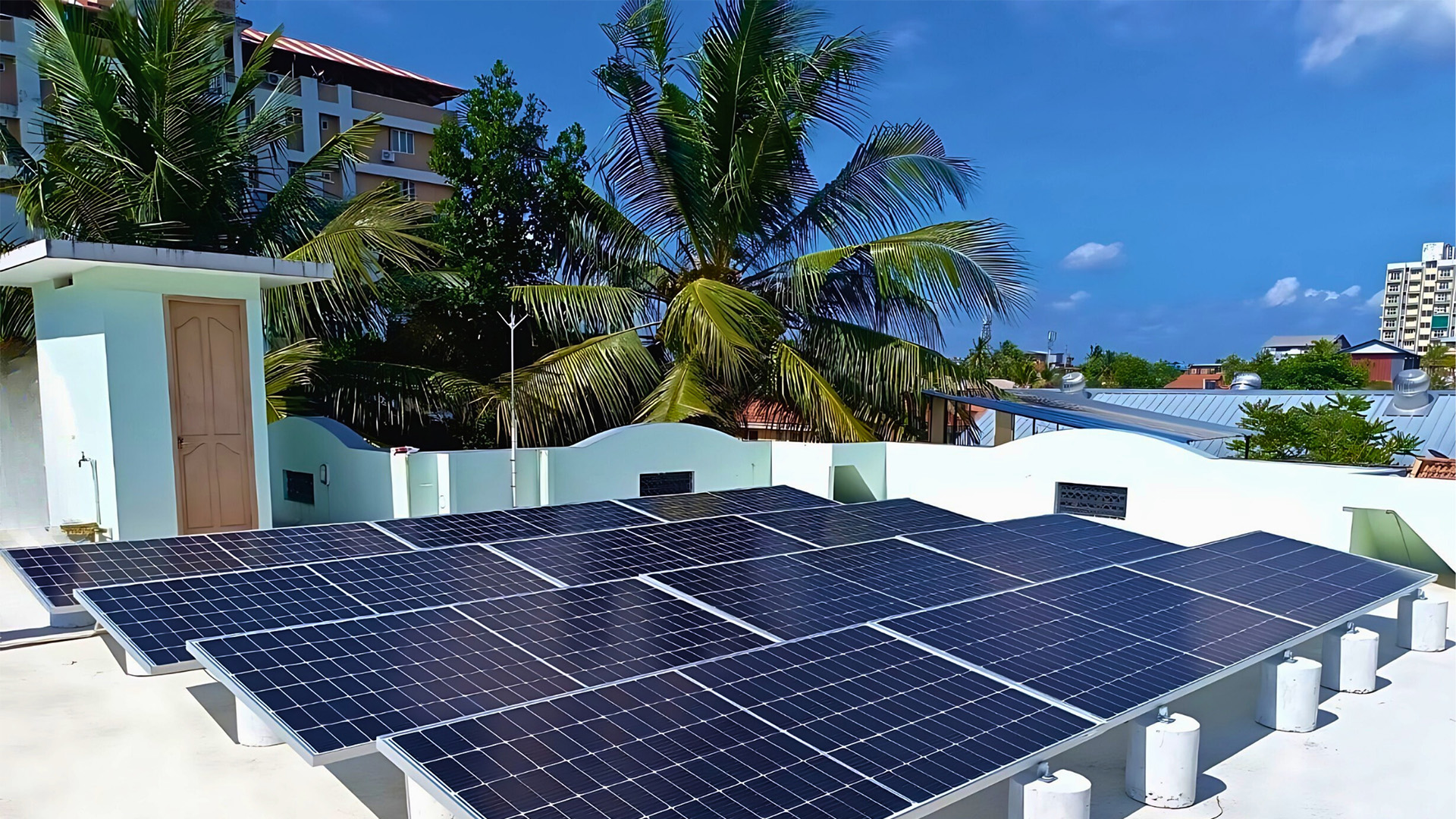
Tata Power has tie-ups with more than 20 financial partners, including public sector undertakings and private banks, enabling customers to benefit from flexible financing solutions. A network of 575+ channel partners help with hazard-free installations and all-weather protection for the system while 225+ authorised service partners help troubleshoot any issues that might arise.
Towards net zero
The push for renewable energy got a fillip with the signing of the landmark 2015 Paris Agreement by 196 countries. Among other objectives, the Paris Agreement also called upon signatories to reach net zero by 2050. Net zero implies achieving carbon neutrality by balancing emissions of carbon dioxide with its removal or by eliminating emissions.
Subsequently, governments, cities and businesses set their own targets. As one of the largest integrated power utilities in India, Tata Power announced its commitment to achieving carbon net zero before 2045. The company became the first power utility in India to take such a decisive step.
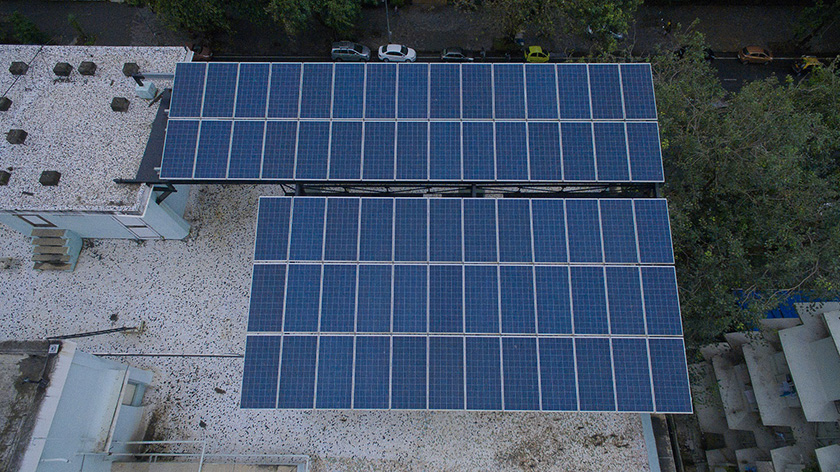
Over the last ten years, Tata Power Renewable Energy has strengthened its efforts towards growing the solar power landscape in India. The company has used festivals such as the Mahakumbh and Chhath Puja, known to attract large crowds, to create awareness about how anyone with a roof of their own can generate electricity from the power of the sun.
With a growing customer base of over 1.5 lakh satisfied customers, including 1,22,000 homeowners, the company knows that adopting solar energy is an idea whose time has come.
While humankind is still a long way off from truly mobilising the power of the sun, every effort in that direction takes us closer towards the goal of ensuring a sustainable future for ourselves.
—Cynthia Rodrigues




